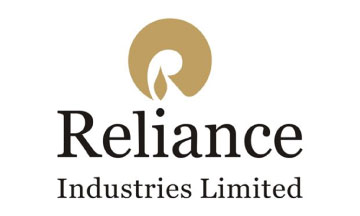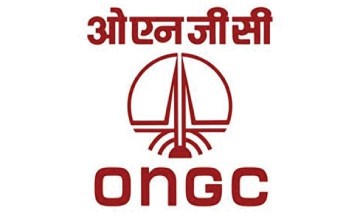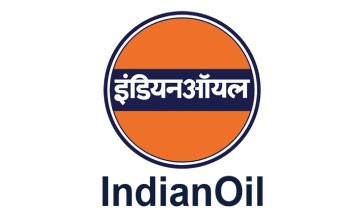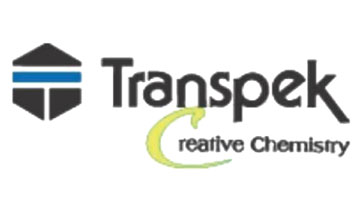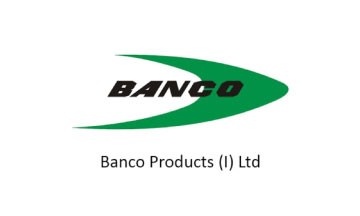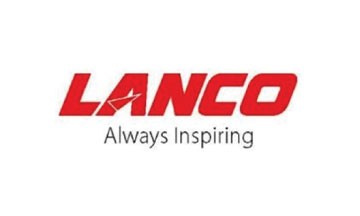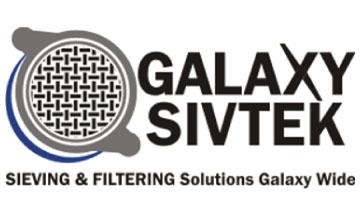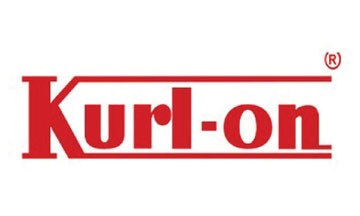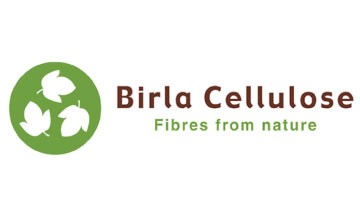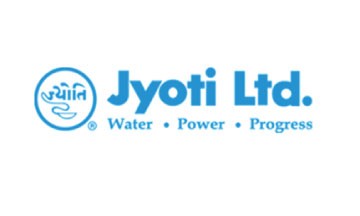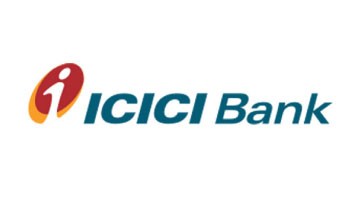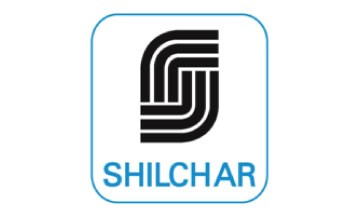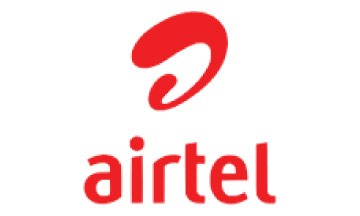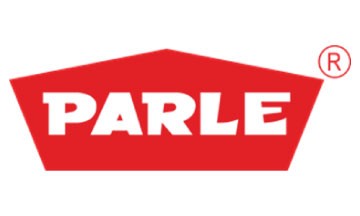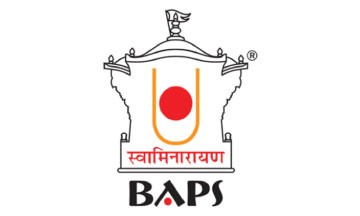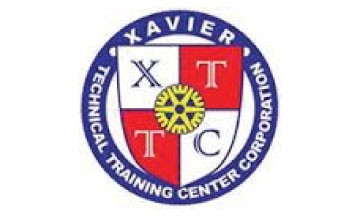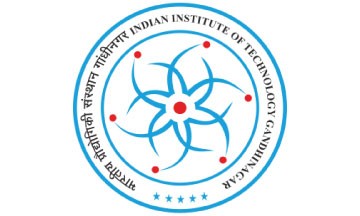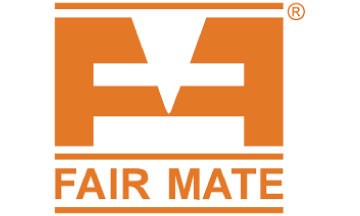INTRODUCTION
1. What is the difference between the PV module, PV panel and PV array?
- PV module or solar module is the smallest complete environmentally protected assembly of interconnected solar cells.
- PV panel is a group of modules fastened together, pre-assembled and wired, designed to serve as an installable unit in an array.
- PV array is a mechanically integrated assembly of modules or panels and its support structure. An array does not include its foundation, tracking apparatus, thermal control, and other such components.
2. What is Industrial Power Pack?
Its combination of Module, Inverter and Charge Controller
The power generated gets used at the time of generation (Real Time Consumption).
There are no batteries. So, it reduces the cost of the system and loss of the Power in the conversion from Electrical to Chemical Energy for Power storage purpose and Chemical to Electrical Energy for consumption purpose during night time.
3. Solar Lighting Solutions
It Combination of Module, Inverter, Charge Controller and Batteries.
The centralized Power generated is supplied to the connected loads.
The centralized batteries and Inverters locations give convenient maintenance and secure facility.
4. Solar Water Pumping and Lighting System
It Combination of Module, Charge Controller and Switch Over
It can be used by grid also, as it works in DC and AC Power as well.
5. What is Solar Power Back up System?
Its combination of SPV Module, PCU (Power Conditioning Unit), Battery, Logical Circuit etc.. The Power can be used in the day time and also night time
The Components of the System are:
- SPV Modules: Solar modules are either Crystalline or Thin films. It generates electricity from solar radiation. The generated electrical energy, DC, can be directly used for DC appliances or AC appliances through Inverters. The power generated at the real-time only.
- Battery Bank: The battery bank stores the energy generated from the Solar Module. It supplies the Power to the load when Sun is not available or the power generated from the Solar Module is not enough.
- Power Conditioning Unit (PCU): The battery bank stores the energy generated from the Solar Module. It supplies the Power to the load when Sun is not available or the power generated from the Solar Module is not enough. When the batteries are charged to the preset level, the PCU Grid/DG Power needs to be cut off manually/Auto from the system and load should continue running from the Inverter. Solar Power must be preferred and use Grid/DG Power only when the Solar Power/Battery Charge is insufficient to meet the load requirement.
- DP Box & Power Meter: Distribution Point is the centralized point where the power gets distributed from. Power Meter is used to measure the power generated from the Solar Module and system as a whole.
- Others: There are MCBs for the protection of the components of the system. There is auto/Manual Switch Over to make the system functioning as per requirement.
APPLICATIONS
1. Maintenance of the System.
- Solar Modules: Solar Modules are a completely static component and it has no moving parts, they are virtually maintenance free. It just needs to be kept clean only. Most of the time, rain cleans them off. Still, it’s advisable to clean it once in a month Wash them in the morning or evening. For PV maintenance, that's it.
- Batteries: It depends on the type of batteries used in the system. If the battery is water based then the water needs to be replaced regularly. Otherwise, it needs simply cleaning on regular basis.
- Inverter: Practically very negligible maintenance like cleaning.
- Charge Controller Practically very negligible maintenance like cleaning
2. Warranty and Life.
- System:
Warranty: 1 Year
Life: Practically the life of the system is more than More than 30 years. - Solar Modules
Warranty: Power Output Performance warranty of 25 years. Please refer the warranty card for the detail. Till 10 Years: 95% Perf ormanceTill 25 years: 80% Performance.
Life: Solar Module’s practical life has been recorded about more than 40 years. - Batteries:
Warranty: It depends on the type and configurations of it. Warranty starts from 18 months.
Life: Battery’s practical life has been recorded about 7-10 if maintained enough. - Inverter:
Warranty: It depends on the type and configurations of it. It’s up to 1-2 years.
Life: Practically it works for more than 10 years. - Charge Controller :
Warranty: 1 year.
Life: Practically it works for more than 10 years.
.
THERMAL
1. What is the difference between solar thermal and solar electric?
These are two most economical, technically advanced and easy to use. Solar thermal is old technology but has an efficiency of 70%- 80% whereas PV or solar electric has efficiency in the range of 16-19%. Solar thermal is the best way to own a system and appreciate the benefits of a solar energy system because it is cheaper than a PV system.
2. What is solar thermal or solar water heating system?
Solarthermalorsolarwaterheatingsystemisoneof most cost-effective renewable energy systems. Solar thermal systems are designed to collect or absorb solar energy for heating water used in residential, commercial and industrial applications. Solar thermal systems use a different type of collector to gather and store solar energy. The systems can reduce the amount of electricity, gas or fuel required to heat water.
3. What is the average payback for a solar thermal system?
Solar thermal systems can save the homeowner or business amount of money and can reduce the amount of electricity, gas or fuel required to heat water. At current energy prices, these systems can pay for themselves in 2-3 years depending on the application.
4. How do solar water heating systems work?
Solar water heating systems work very similarly to solar electric systems, except they do not produce electricity. Solar water heating systems include solar collectors and storage tanks. The solar collectors collect solar energy and transfer heat to the storage tank via the heat exchanger. The storage tank in the hot water system is like the batteries in a solar electric system, storing energy to provide hot water for your home and business.
5. How long do solar thermal systems last?
A well-designed and installed solar thermal system may last 15 years or more.
6. Can business benefit from a solar thermal system?
Businesses that use large quantities of hot water or use hot water to supplement a convection heating system can cost saving by using solar. The solar thermal system can reduce the amount of electricity, gas or fuel required to heat water. Hospitals, hotels, resorts, apartment buildings and restaurants are examples of some of the most satisfied customers. You will also be directly reducing greenhouse gas emissions.
COMMERCIAL
1. What is the depreciation Tax Benefit Code?
Depreciation allowance at 80 % for Renewable Energy devices under U/S 32 Item 8 (XIII) Solar Power Generating System
Solar Pump based on Solar-thermal and Solar Photovoltaic conversion
Solar Photovoltaic Modules and Panels for water pumping and other applications
2. How to get Subsidy on the system?
Contact us . . . . . We are here to proceed on behalf of you. The government provides subsidy on the Solar Photovoltaic products through MNRE to Individual as well as corporate. We also provide consultancy services to the clients for subsidy applications.
GENERAL
1. How much space does a system occupy?
On an average 140 Sq, Ft for Crystalline Modules and 180 Sq ft for Thin Film per KW of the system is required.
2. Does the system perform in cloudy weather?
Yes. Both crystalline and Thin Film Modules work in cloudy weather.
3. How much electricity does a PV system generate?
The amount of power produced will depend on how large the PV system is. The greater the area of PV panels, the more electricity is generated. For example, a 1.5 kW grid-tied system produces about 2,190 kWh a year. Over a 25-year lifespan, this comes out to be 54,750 kWh.
4. Does my solar system produce electricity on a cloudy day?
Yes. Both Crystalline Modules and also thin Films can generate electricity, not as much as in bright sunlight, but still as per the irradiance.
SPV new technology works better in cloudy weather and high-temperature conditions.
5. What kind of load can I run on the PV system?
With a correctly designed PV system, you can power almost any electrical load. However, as the load size increases the expense also increases. Air conditioning and electric heating equipment (hot water heaters, electric stoves) should be avoided. Because of these loads use a large amount of electricity. Propane or natural gas is a popular alternative to electricity cooking which is less expensive than solar energy.
6. Do I need a different kind of Electrical cabling and circuitry?
It depends on the load design. Otherwise, the same electrification can also be used for Solar System.
7. Can the system be relocated?
Yes... Of course...
But if you are beneficiary of subsidy than it is difficult to relocate.
8. Do the Modules break when the load is applied to it, like stones or jumping of monkeys?
Normally it doesn’t break until it’s a heavy stone. It also doesn’t break on jumping of monkeys; still, the threat can be minimized by making grills at very less cost.
9. Can a common back up Battery bank be used for both Wind and SPV supply?
Yes... Of course... Just need more bank as per design consideration.
10. How does the system use Solar Power after the sun goes down?
The Solar Industrial Power Back up System includes batteries also. We can use batteries to store the energy produced during the day time and use it when sunlight is not available or not adequate to generate enough power to supply the load.
11. What type of inverter do I need?
Inverters are used in any solar PV systems where AC power output is needed. The type and size of the inverter necessary depend on your application. There are two entirely different types of the inverter that based on whether or not utility grid is available at your location – stand-alone (off-grid) inverter and grid tie (on-grid) inverter.
The stand-alone inverters are commonly used for homes or business applications. It covers a wide range of power capacity. To determine this you must first calculate the maximum amount of load you will be running on the inverter at one time. The other is the type of waveform. Sine wave inverter is good for sensitive electronic equipment. It generally produces power that is similar to the quality of utility power. Modified sine wave inverter is fine for loads that are not super sensitive to clean power. It is a good choice for a smaller sized PV system.
12. What is grid tie or grid-connected inverter?
Grid tie inverter or grid-connected inverter is used in the solar PV system that is connected to the utility grid. It converts DC power generated by solar panels or wind generator into AC power used by AC electrical devices and the surplus power will sell back to the grid. The grid tie inverter can use with/without battery bank. For the grid-tie without battery backup is the simplest and least expensive option for home energy systems. The grid tie inverter also can be configured with a battery backup system. There will be some loss in overall efficiency for feeding the grid which depends on the inverter and the size and type of batteries.
13. Why do I need a solar charge controller?
A solar charge controller is an essential part of any PV systems containing batteries. It regulates the voltage and current coming from the solar panels going to the batteries. A charge controller prevents batteries from being overcharged, prevents batteries from discharging through the solar panel at night, helps you maximize your energy harvesting and prolongs the battery life.
14. What is 3-step charging?
The 3-step charging provides optimal and safe battery charging to ensure that the battery is properly and fully charged resulting in enhanced battery performance. Solar charge controller regulates the voltage and current delivered to the battery in three automatic steps: • Bulk Charge: Battery is being charged up with maximum current, the voltage of the battery increases gradually. When the battery voltage reaches the Boost charging voltage the charge controller goes to the next step.
• Boost Charge: Battery continues to be charged at the constant voltage. The charging voltage is held constant at Boost charging voltage providing the battery to nearly full charge at a slow and safe rate, then goes to the next step.
• Float Charge: Voltage is reduced and held constant at Float charging voltage level in order to prevent damage and keep the battery at a full charge until the end of the day.
15. Is the Solar Power Pack System scalable?
Yes, the current system can be upgraded as per requirements. The modules and the balance o the system also needs to be upgraded accordingly.
16. Do I need to mount the modules slant only? Can?t I use it as per my design?
No, it can be mounted at any angle.
It can be mounted as per the design of the building.
But if the modules are a mounted slant and southward facing then the modules gives the maximum Power output as per the specifications.
17. Is it available in any size or standard size?
There are standard sizes of the modules as per Product series: For further detail please refer the Product Technical Sheet
18. Solar modules size for the future?
For the specific range of Watt ratings, the company provides the Modules with the same size.
19. How can we maximize the use of Solar Power?
We can use the "Grid-Tie Only" system. There are no batteries. As per the system design, the load power generated will be consumed by the other loads connected to the local grid of the building.
20. What about After Sales Services?
We do provide onsite services. We do have our technical team available in our city to cater you better. We do work with AMC terms and conditions. Our customer care line open 24X7.
21. What is the energy payback of PV?
Energy payback estimates for both rooftop and ground-mounted PV systems are roughly the same depending on the technology and type of framing used. Paybacks for multi-crystalline modules are 4-6 years.
GENERAL SOLAR PUMP
1. Can I use batteries for my pumping System?
Yes, batteries can be used. It serves two purposes:
If you want to use the pump at night time also, the battery can be used to save electricity.
During the day time when you are not using the pump, the power generated from modules gets wasted. So, batteries can be used to store that power and use it further whenever sunlight is not available or not adequate to generate enough power.
2. How much is the water discharge capacity of the pump and system?
It depends on the system configuration. Eg. the Solar Water Pumping System with 1 kW System and 1 Hp motor has the discharge capacity of around 50000 liters/day for the depth of 25-130 ft.
3. Risk of damages of Pump by Grid Power?
The pump can be used in both DC and AC power. The pump has inbuilt protections available. E.g. The pump doesn’t start if the water level goes so down that the starting pump can make a short circuit in it.
4. Can I use the same solar pump for Grid power?
Yes, it can be operated by both AC and DC power or as per design.
Ask us a Question
We are happy to answer any environment related questions.

